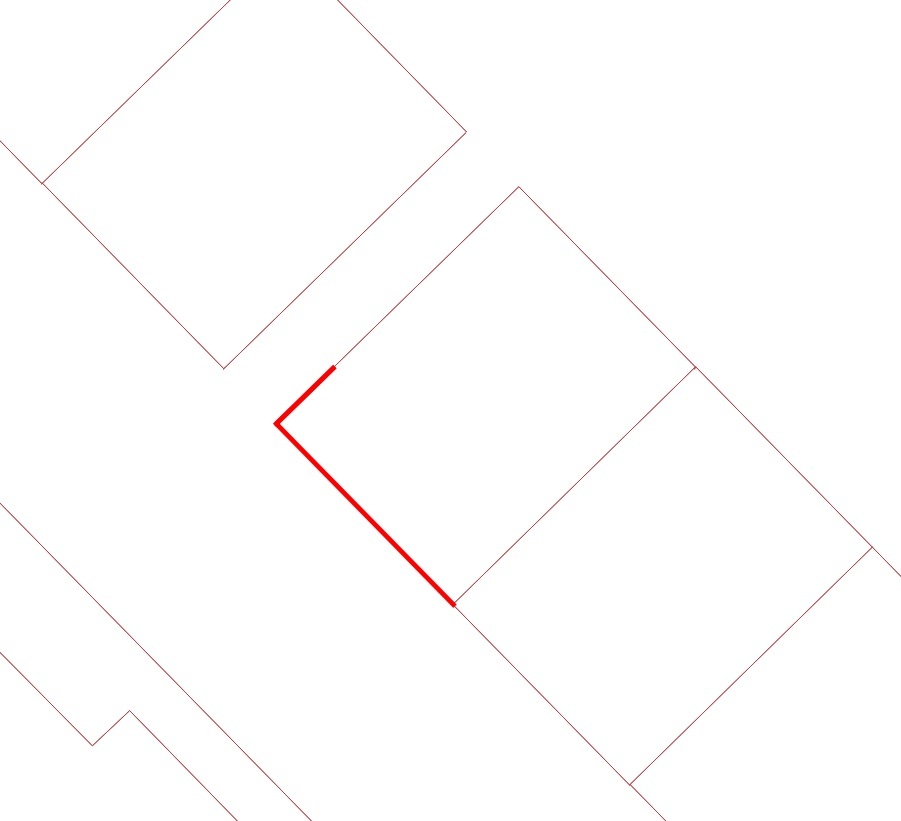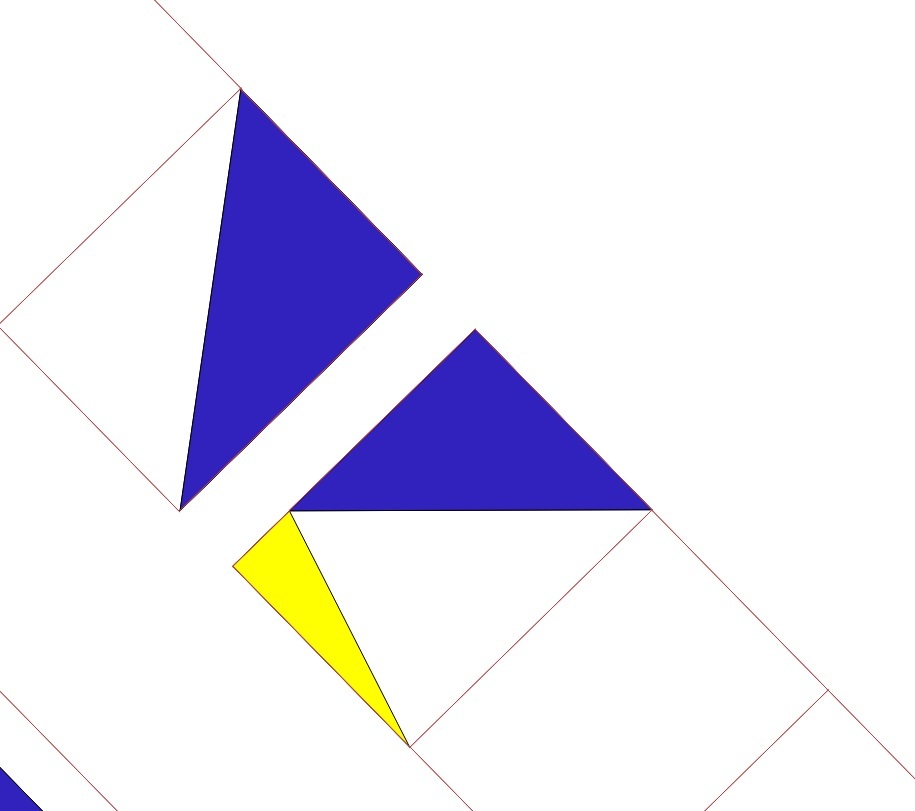Hi, I'm relatively new to FME and I was wondering if there was a common workbench for converting line features into polygon. Think of a dataset with the usual problems like this:
-None merged line features, which result in polygons like in the image on the right (compair red line on the left to yellow polygon on the right)


- None intersecting lines which result in no polygons at all
- self intersecting lines which result in "small" polygons
- Or identical line features which result in identical polygons
etc. etc.
Without knowing specifically which kind of errors one is to expect in their dataset, how can you clean it, in order for FME to transform the lines into polygons.
I've searched on here allready, and I've found the workbench mentioned in here
https://knowledge.safe.com/questions/3150/fail-to-convert-lines-to-polygons-correctly.html
and this data validation tutorial
https://knowledge.safe.com/articles/54515/data-qa-identifying-self-intersections-with-fme.html
However, my dataset is pretty large, and I don't want to run unneccesary steps. Are there transformers that I can omit? Or transformers that weren't mentioned in the links I posted?
Also does the order in which I transform the data matter? I realize areabuilder should probably be one of the last transformers used, but what about the rest?
I will probably be using both a gml file with line features and transform that in to a shapefile, and
a DGN file with polygon features, and transform that into a shapefile as well.
Just to summarize the transformers I think I will be using so far:
-Matcher
-Geometry Validator
- Geometry Filter
- Snapper
- Intersector
-Area builder
-Area calculator
Thanks in advance.
EDITED:
Test nummer 1 :-)
The Area Builder seems to reject my lines....

I've also tried adding a GeometryValidator before the AreaBuilder, but that also fails... When I stop at the intersector, it does intersect. so intersect does do something. It's only when I continue afterwards, that it fails.

I added two Matchers because I had a lot of initial identical line features which I just wanted to edit out before continuing (that's the first match).
Also I don't have the LineCombiner and the Line extender transformers, two transformers which I think I could use here. What could be the reason for this? I work with FME Professional Edition 2016.1










